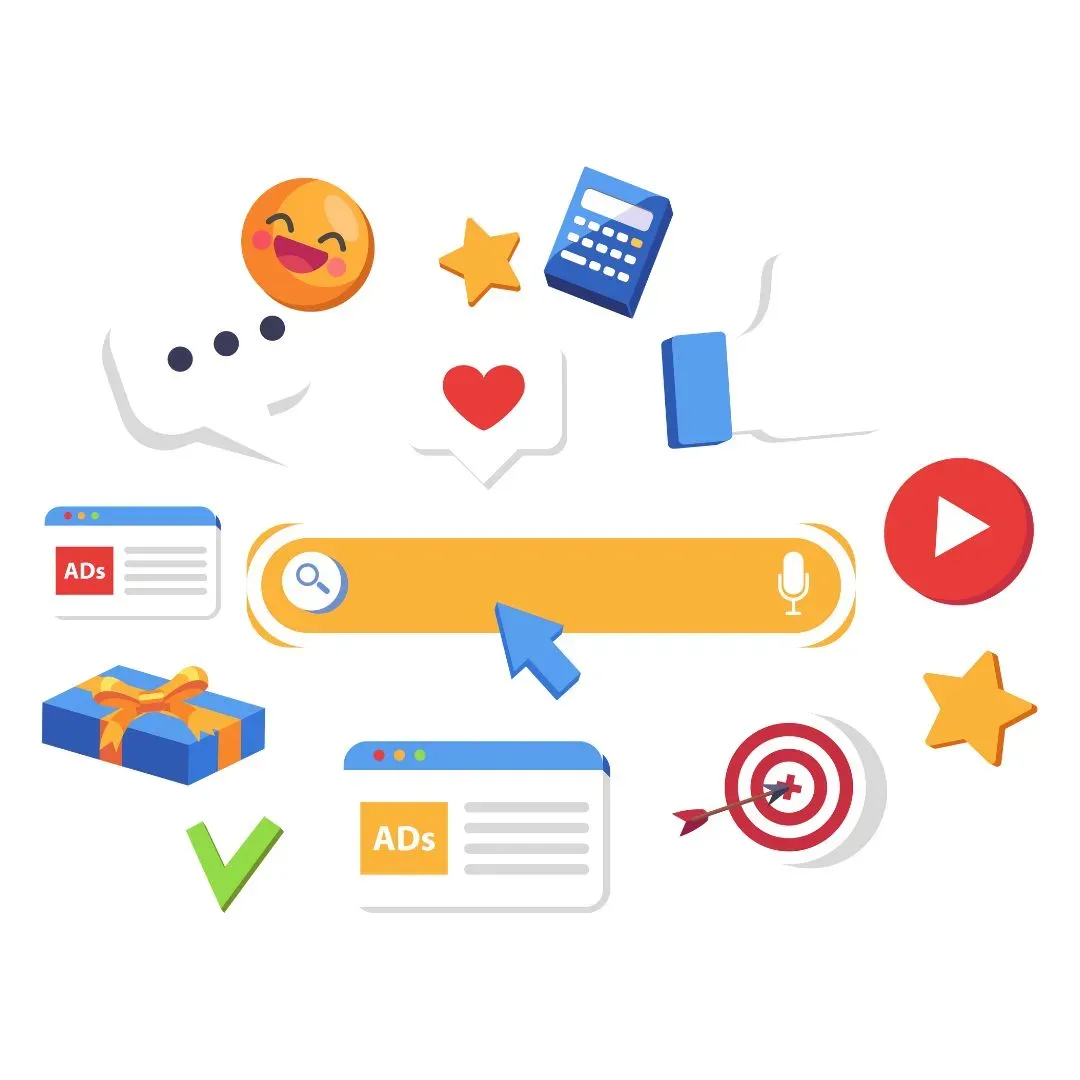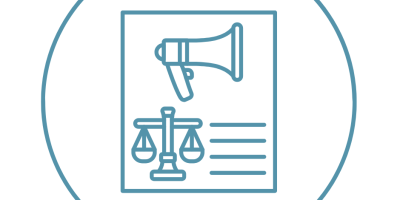

Programmatic Advertising Optimizes Your Ad Placement
Programmatic advertising leverages automation to buy and sell ad inventory in real-time, ensuring that your ads are placed in front of your target audience across various digital platforms. By utilizing a demand-side platform (DSP), advertisers can serve digital ads on multiple publishers, optimizing their reach and efficiency.
Core Pillars of Programmatic Advertising
Develop a comprehensive strategy that includes defining your target audience, setting objectives, and choosing the right platforms.
Use data to target specific demographics, interests, and behaviors.
Leverage machine learning to adjust bids and placements in real-time for maximum efficiency.
Gain insights into campaign performance with detailed analytics and reporting.

What is Programmatic Advertising?
Programmatic advertising automates the buying and selling of ad space to optimize ad placement. This process matches available ad space with advertisers’ needs in real-time, ensuring the most efficient and effective delivery of ads. Programmatic ads can appear as banner ads, YouTube ads, or social media ads, reaching audiences across multiple platforms.
Benefits of Programmatic Advertising
- Increased Efficiency: Automated bidding and placement optimize your budget, targeting unsold ad space to reach your audience effectively.
- Targeted Reach: Define your audience by interests, preferences, and behavior, ensuring your ads reach the right people.
- Real-Time Adjustments: Make dynamic changes to your campaigns based on performance data, maximizing ROI.
- Broad Reach: Utilize display, native, video, and audio ads to engage users across various digital channels.
Differences Between PPC and Programmatic Advertising
PPC Advertising
Focuses on bidding for keywords to appear in search engine results. It is effective for targeting users actively searching for related products or services.
Programmatic Advertising
Utilizes automated systems to bid on ad space based on user data and behavior. It targets users across multiple platforms, often before they start a search.
How Programmatic Advertising Works
- Audience Definition: Set parameters for your target audience, including demographics, interests, and behavior.
- Automated Bidding: Use a DSP to bid on ad space in real-time, ensuring optimal placement and cost-efficiency.
- Ad Placement: Display ads across various platforms, including websites, social media, and video channels.
- Performance Tracking: Monitor and adjust campaigns using advanced reporting and analytics.

Programmatic Advertising Use Cases
- B2B Marketing: Target executives and decision-makers by placing ads on professional websites like the Wall Street Journal or Financial Times.
- Consumer Products: Reach homeowners or specific demographic groups by targeting lifestyle websites and social media platforms.

Get Started with Programmatic Advertising
Ready to optimize your ad placement and maximize your reach? Contact VIEWS Digital Marketing today to learn more about our programmatic advertising services and how we can help you achieve your marketing goals.
VIEWS Advertising
Embrace Digital. Stay Human.
Developing an effective advertising program with VIEWS can showcase your brand, increase your digital presence, build customer engagement, and aid in lead generation. For more information on how to tailor an advertising program for your business needs, give us a call at (610) 215-2949 or send us an email.
- Learn about your business needs and goals
- Identify your goals, your personas, your competitors and your objectives
2. Internet Business Analysis
- We evaluate your market by comparing competitor and persona actions
- Keyword and topic research
- Analyze the current strategy and identify strengths and weaknesses
3. Customized Strategy
- Develop a tailored digital marketing plan
- Tailor content plan for specific buyer personas
- Identify variety of content types and distribution
4. Execution
- Implement SEO, PPC, content marketing, and more
- Write, edit and optimize for successful results on various platforms
5. Measure
- Set goals based on your business needs and track measurements
- Monthly reporting of results and activity
6. Monitor and Optimize
- Continuous improvement strategies for optimal results
- Regular meetings
- Progress reviews
- Annual strategy session


